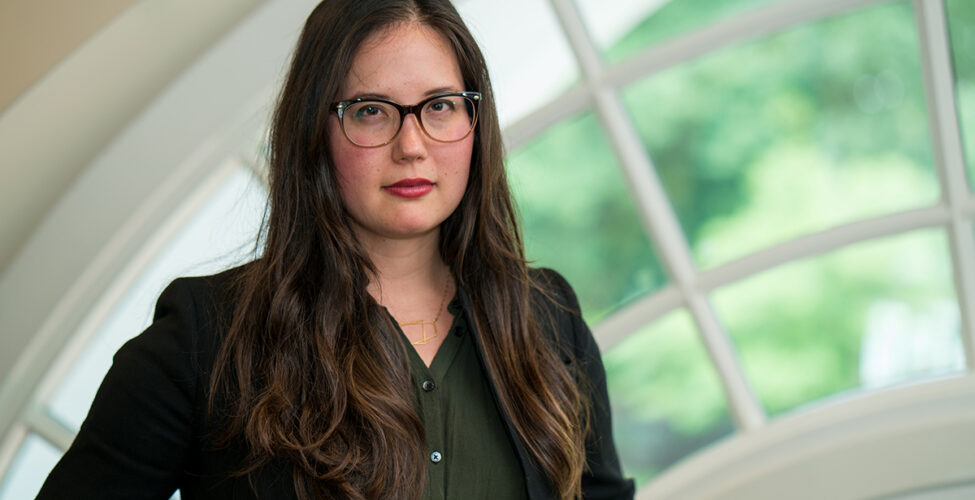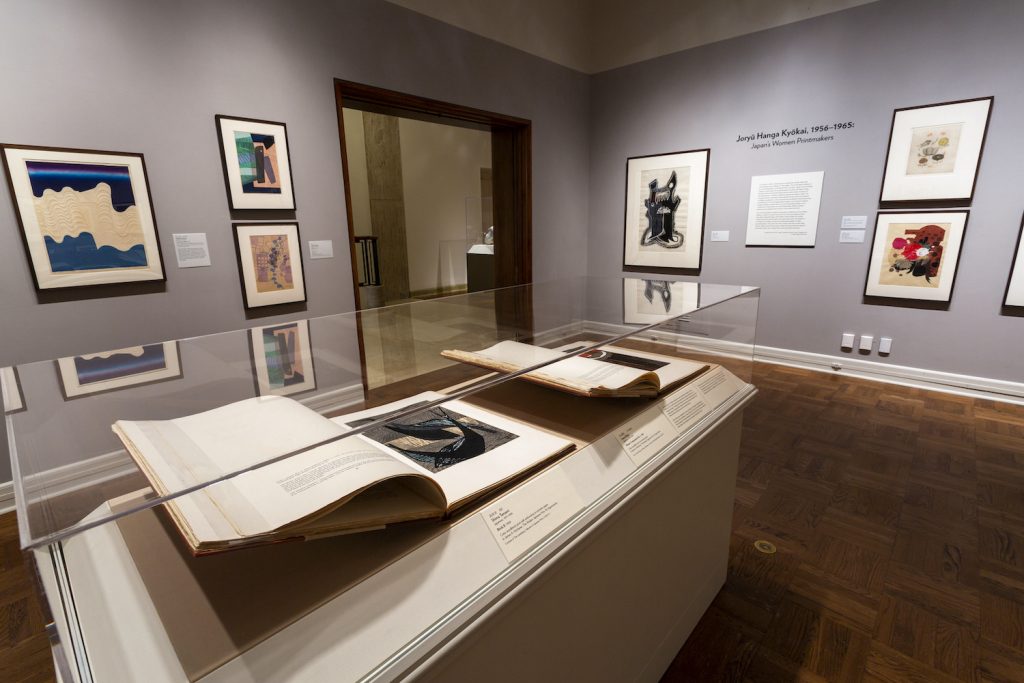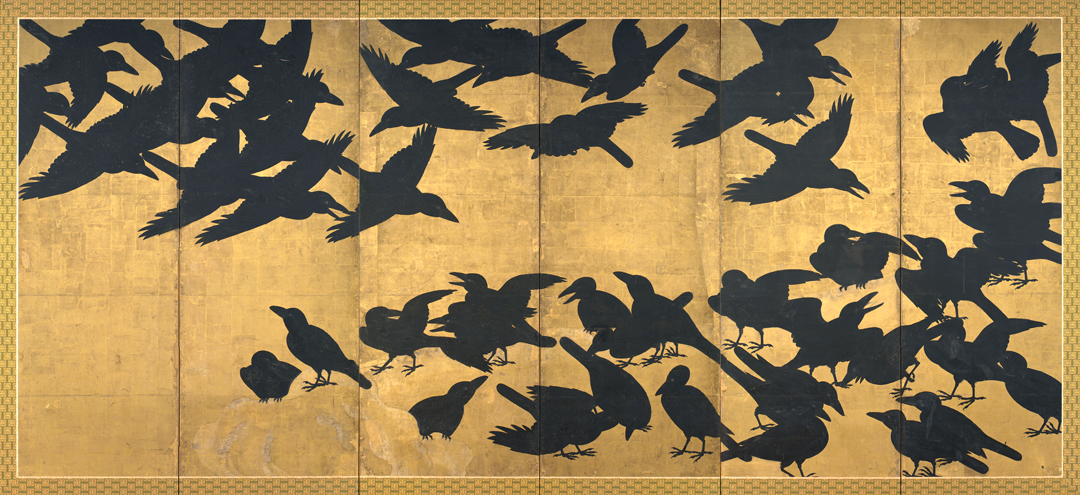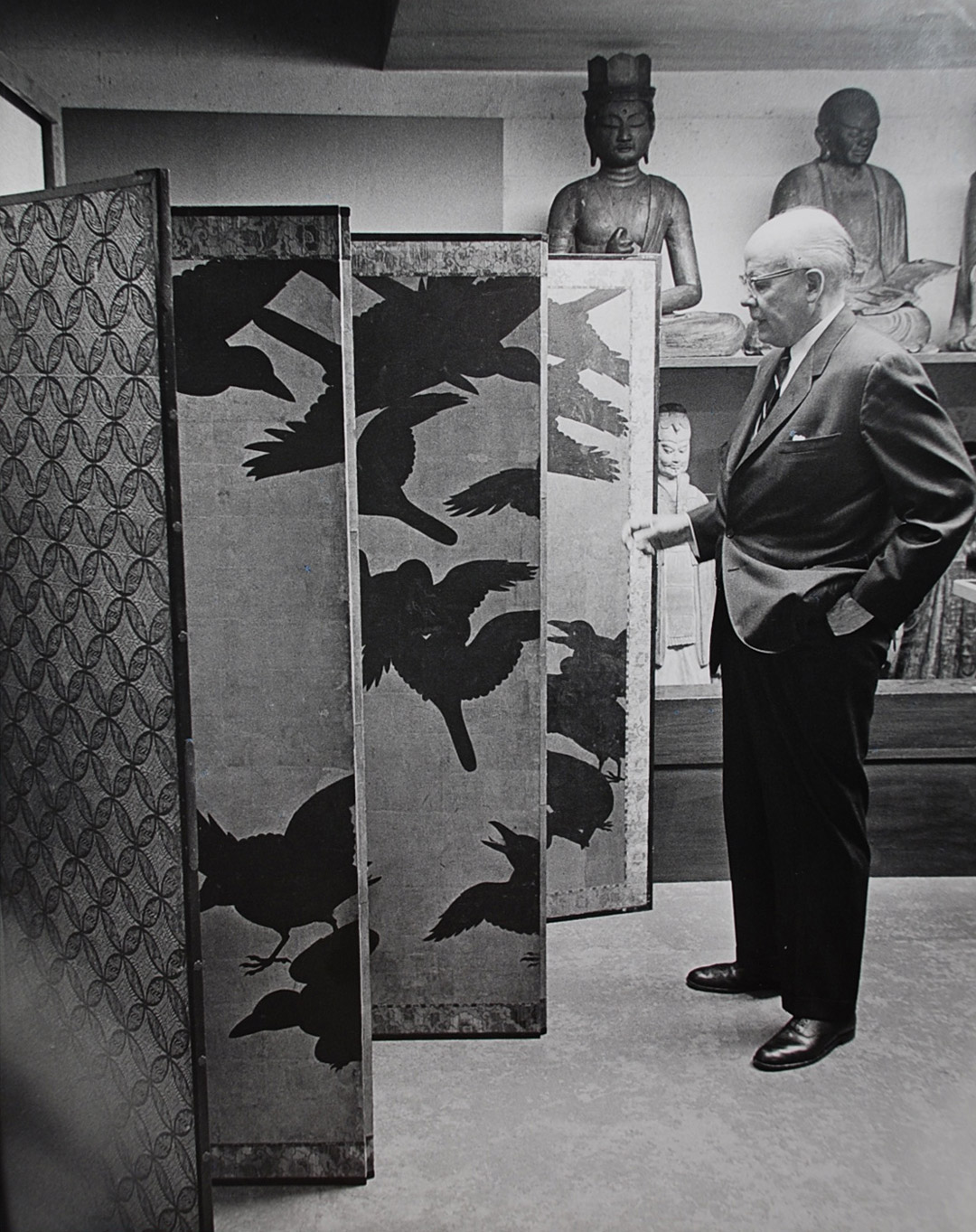Curator Jeannie Kenmotsu on the Untold Stories of Women Printmakers in Postwar Japan
SAM’s Gardner Center for Asian Art and Ideas presents the 2023–24 season of the Saturday University Lecture Series, exploring various topics on Asian art and culture across time. On Saturday, March 9, Dr. Jeannie Kenmotsu, Arlene and Harold Schnitzer Curator of Asian Art at the Portland Art Museum, will share insight on the remarkable influence of women printmakers in postwar Japan. In advance of her talk, SAM spoke with Dr. Kenmotsu about what visitors can expect to learn about in her upcoming talk, the persistence of sexism in art history, and the significance of bringing the stories of these women printmakers to light.
SAM: What can the public expect to learn about in your upcoming Saturday University lecture? What initially drew you to this topic?
Dr. Jeannie Kenmotsu: In 2020, I organized the exhibition Joryū Hanga Kyōkai, 1956–1965: Japan’s Women Printmakers at the Portland Art Museum. This was the first close examination of the activities of this important group, Joryū Hanga Kyōkai, or the Women Printmakers Association. I was fascinated by this collective, which organized collaborative exhibitions together over the course of ten years and seemed to serve as a catalyst for a number of artists, yet had received so little scholarly attention. Of course, I am indebted to many colleagues who have also championed the work of women printmakers in Japan, through their writing, teaching, and exhibitions. But two things remain true: one, that women printmakers were overshadowed by their male counterparts in the twentieth century, a situation that persists today. And two, that there is much more primary documentation and excavation to do in this area, particularly in terms of exploring the depth and richness of individual artists’ stories.
My upcoming Saturday University lecture will provide a broader introduction to the topic of postwar women printmakers, so it is suitable for anyone with an interest in, but limited knowledge, of Asian art, of creative prints (sōsaku hanga), or even of printmaking more generally. I’m interested in the historical conditions that shaped their work, their contemporary reception, and how we do—or don’t—talk about them today. I’m equally interested in bringing to light both the commonalities and the diversity of their career trajectories. Therefore, my focus will be on bringing their stories into greater focus and celebrating their work.
SAM: Academic research often involves travel. Is there a travel experience related to your lecture experience that you could share with us?
JK: In a funny way, my work in this area has been shaped by a lack of an ability to travel. In early 2020 I was making plans to pursue research in both Japan and North America for the Joryū Hanga Kyōkai exhibition. That quickly became impossible, but I was fortunate to have already received a trove of amazing archival materials related to that artist collective, which I could sort through once I was able to get back into the museum building. After that, it became very much “research by mail” — on the one hand, I was able to secure some fantastic loans for the exhibition that were critical to telling the story; on the other hand, secondary research was virtually impossible, as I had very limited library access. The exhibition opened September 2020. While one of my big regrets is that so few people were able to see it, it was one of the intellectual and personal bright spots for me during a difficult time in the world.
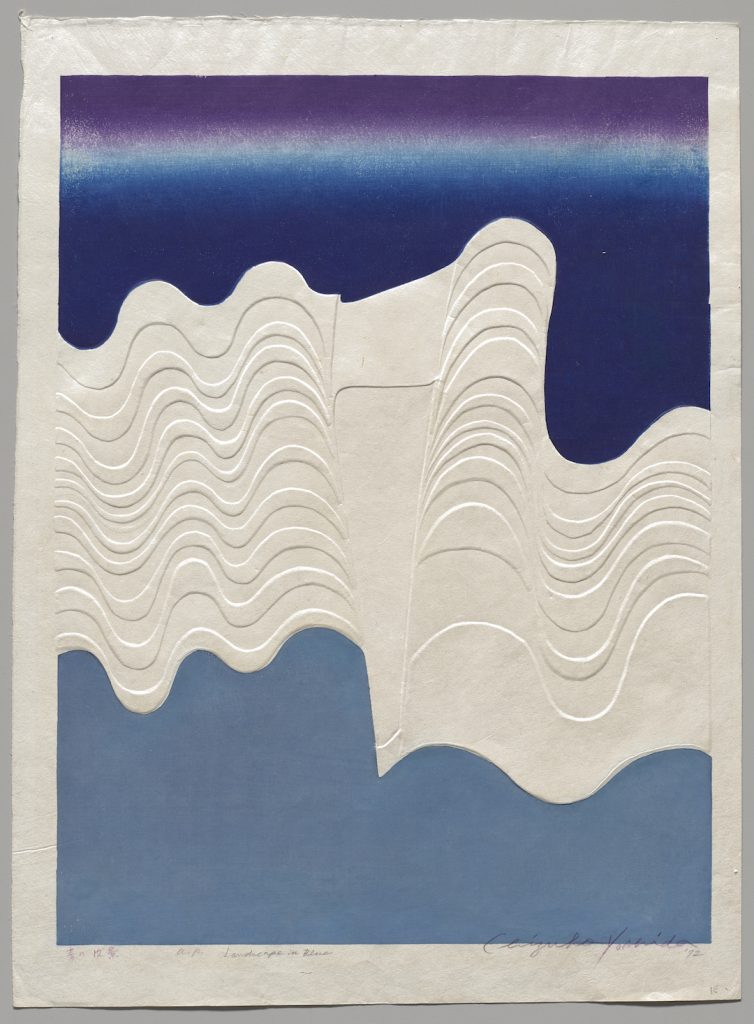
SAM: The Seattle Art Museum is home to nearly 25,000 works of art. What’s one artwork from the museum’s collection that resonates with you? Why?
JK: Choose just one? Goodness, that’s hard. The Deer Scroll, with calligraphy by Hon’ami Kōetsu and decorated paper painted by Tawaraya Sōtatsu, makes my heart sing. Another favorite is Tsuji Kakō’s two-panel folding screen, Green Waves, from SAM’s excellent nihonga collection, for the artist’s deft handling of mineral pigments on silk to explore light on water. It’s stunning in person, and captures that mesmerizing sensation of watching the ocean.
SAM: Is there anything we didn’t ask that you want to share with the public in advance of your lecture?
JK: My lecture will introduce some understudied but wonderfully creative artists. But of course my research is also driven by some deeper scholarly questions about discourse and reparative history, in this case through the lens of gender and art. I consider my work in the area of postwar printmaking to be just one contribution to a larger, ongoing conversation, and it is my hope that these projects will spark questions and critical engagement from other scholars, particularly the younger generation.
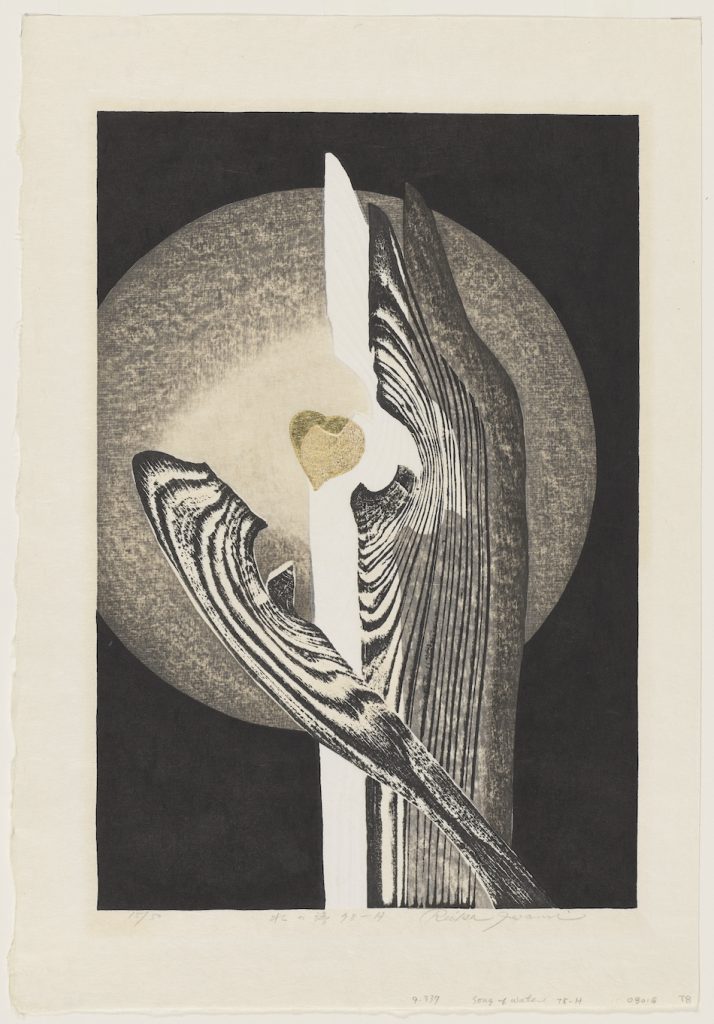
SAM: What’s one book you’d recommend to those interested in learning more about your lecture topic?
JK: Alas, to date there is limited English-language literature focused specifically on the women artists I will discuss in my talk, let alone on the collective conditions that shaped and attended their careers despite their highly individual practices. That said, they are widely collected and have been included in many group exhibitions, catalogues, essays, and academic monographs over the last few decades. But the point is that these artists have rarely been the focus, with a few notable exceptions, such as solo retrospectives (usually focused on artists who have lived abroad). Some broader publications on modern Japanese prints more generally that might be enjoyed by those new to the topic include Made in Japan by Alicia Volk or Hanga by Chiaki Ajioka, or the classics Modern Japanese Prints: An Art Reborn by Oliver Statler and The Modern Japanese Print by James Michener. These last two are still widely available, and I’ll touch on them in my talk.
– Simon Tran, SAM Manager of Public Engagement at the Seattle Asian Art Museum
Photos: Courtesy of Jeannie Kenmotsu.
